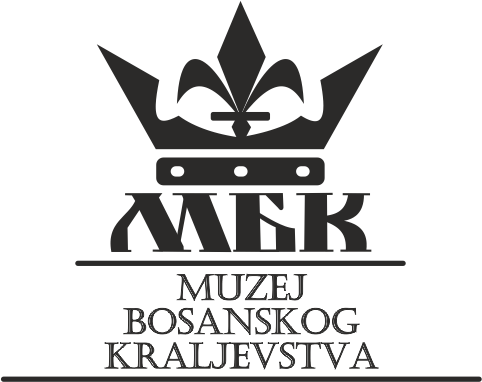On Saturday, October 1, 2022, the Bosnian Academic Society in Slovenia opened the first three-day Days of Bosnia in Slovenia event with a series of events held in the Ljubljana Festival Hall.
Days of Bosnia opened with the guest exhibition “Charter of Bosnian Rulers and Nobles (1189-1461)” of the Museum of the Bosnian Kingdom from Cazin by Dr. Enes Dedić.
“The exhibition Charters of Bosnian Rulers and Nobles (1189-1461) includes a total of ten charters from the time of the Bosnian Banate and Kingdom, covering a period of almost three centuries. As part of this exhibition, the charters of Bosnian bans, kings and the most prominent nobles, from the time of Ban Kulin to the last Bosnian king Stjepan Tomašević, were showcased. The charters were written in Cyrillic and Latin script, in Old Slavonic and Latin. In this context, the famous charter of Ban Kulin, which was written in both languages and scripts, is particularly noteworthy. Within this exhibition, pictures of the original charters are displayed, with the exception of the charter of Ban Kulin, which is displayed in an older copy. Each of the charters is prepared in such a way that a picture is shown, a printout of the contents of the charter and a translation of the text into the Bosnian language. The texts of these charters talk about the elements of Bosnian statehood, language, writing, state organization, territory, borders, economy, economy, trade, that is, about the most significant state interests. The charters that indicate changes in the territorial extent of the medieval Bosnian state have attracted particular attention. These ten charters provide an opportunity to trace the characteristics of Bosnian literacy and the Old Slavic language which was also known as Bosnian to the Bosnian neighbors of the 15th century. These charters illustrate the transformation of Bosnia from a banate to a kingdom, and the charter of King Tvrtko I answers questions about Bosnia’s rise to the rank of a kingdom.
The audience showed great interest in the exhibition and the work of the Museum of the Bosnian Kingdom, and the head of the Museum of the Bosnian Kingdom, Adnan Hajrulahović, in his speech, said, among other things, that the identity of the people is an important thing, because no matter where we’re headed, if we don’t know where we’re starting our journey, we can hardly reach where we’re headed. Bringing the history of Bosnia closer to everyday life and citizens is precisely the goal of the Museum of the Bosnian Kingdom.
